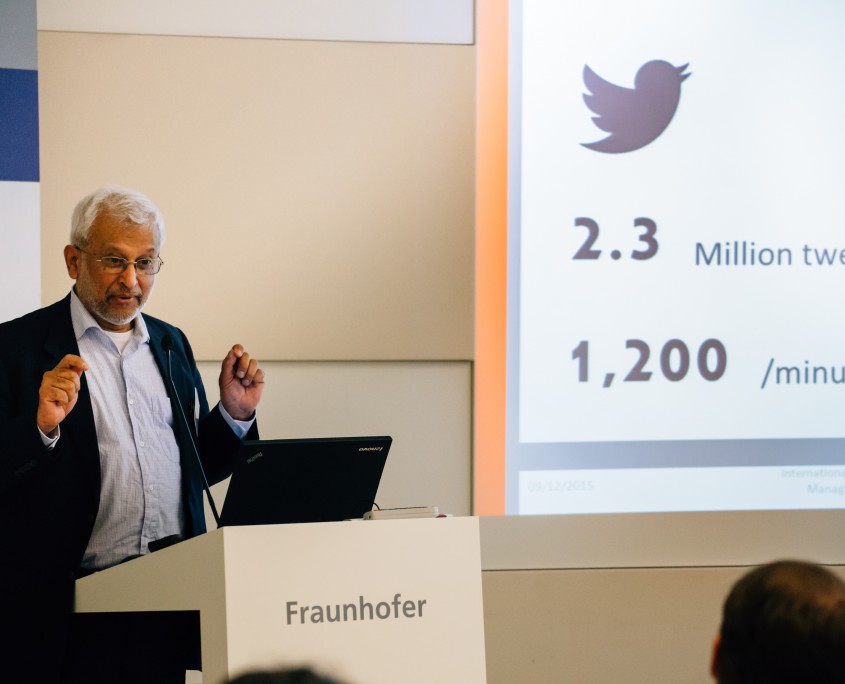A group of Trinity researchers has developed a social media monitoring system specifically designed to help save lives. The system uses data collected from various social media platforms to support emergency response teams.
The Slándáil Emergency Management System is the result of the three-year-long “Project Slándáil”, which was a security system that analised language and images. Led by a group of researchers from Trinity’s School of Computer Science and Statistics, the project is sponsored by the EU’s Framework Programme 7, under its Security Research strand.
The system takes information provided on social media platforms such Facebook, Instagram, Twitter and Flickr in the form of text, videos and images by people who are witnessing or involved in the events. The system can quickly combine information on the location, severity and developments of the disaster or emergency.
In a press statement, Trinity’s Prof Khurshid Ahmad, the project co-ordinator, said: “Warnings about major disasters – both natural and man-made – and the subsequent efforts to recover from them involve the use of textual, visual and audio information.”
The fact that social media and the internet is so widely used globally allows for the rapid spread of this type of media. “However, such rapid ‘viral spread’ also has its disadvantages”, Ahmad noted, adding that that “it is equally important to protect privacy as well as security”.
Due to the obstacles created by data protection laws, how they vary from country to country, and ethical sensitivity around having access and sharing disaster-related content, the team developed a world-first model licence agreement. This licence agreement can be used to pull data from social media in a way that balances the rights of citizens to to privacy and data protection but also supports needs of emergency services and first responders.
Because of the vast quantities of information that is available from social media, Ahmad said that the team has successfully created a solution that allows analysts to “drown out the unhelpful noise” and instead “capture useful information spread via social media to assist disaster management as efficiently as possible”.
“Whether they are responding to a flash flood or a dangerous man-made disturbance, the rapid provision of critical information from ‘eyes on the ground’ should help save lives”, Ahmad explained.
The system was successfully specified, tested and evaluated by security services in four countries: An Garda Síochána and media communications experts Stillwater Communications in Ireland, the Police Service of Northern Ireland (PSNI), the army reserves Bundesministerium der Verteidigung in Germany and the civil protection authorities Protezione Civile de Veneto in Italy.
Following this testing, further evaluation was undertaken by the Business Continuity Institute and the Emergency Planning Society. Both of these institutes are tasked with monitoring disasters under differing contexts.
A spin-off company has been created by a team from Trinity, which is dedicated to offering event management through social media analysis. There are currently teams in northern Italy using a prototype version of the social media monitor. The aim by the end of 2017 is to carry out live tests with the Irish emergency management teams.
Project Slándáil is an EU project with 11 partners across europe which includes both universities and security services. The aim of the project is to empower emergency services using various social media and to “ethically improve the use of social media in enhancing the response of disaster related agencies”.







